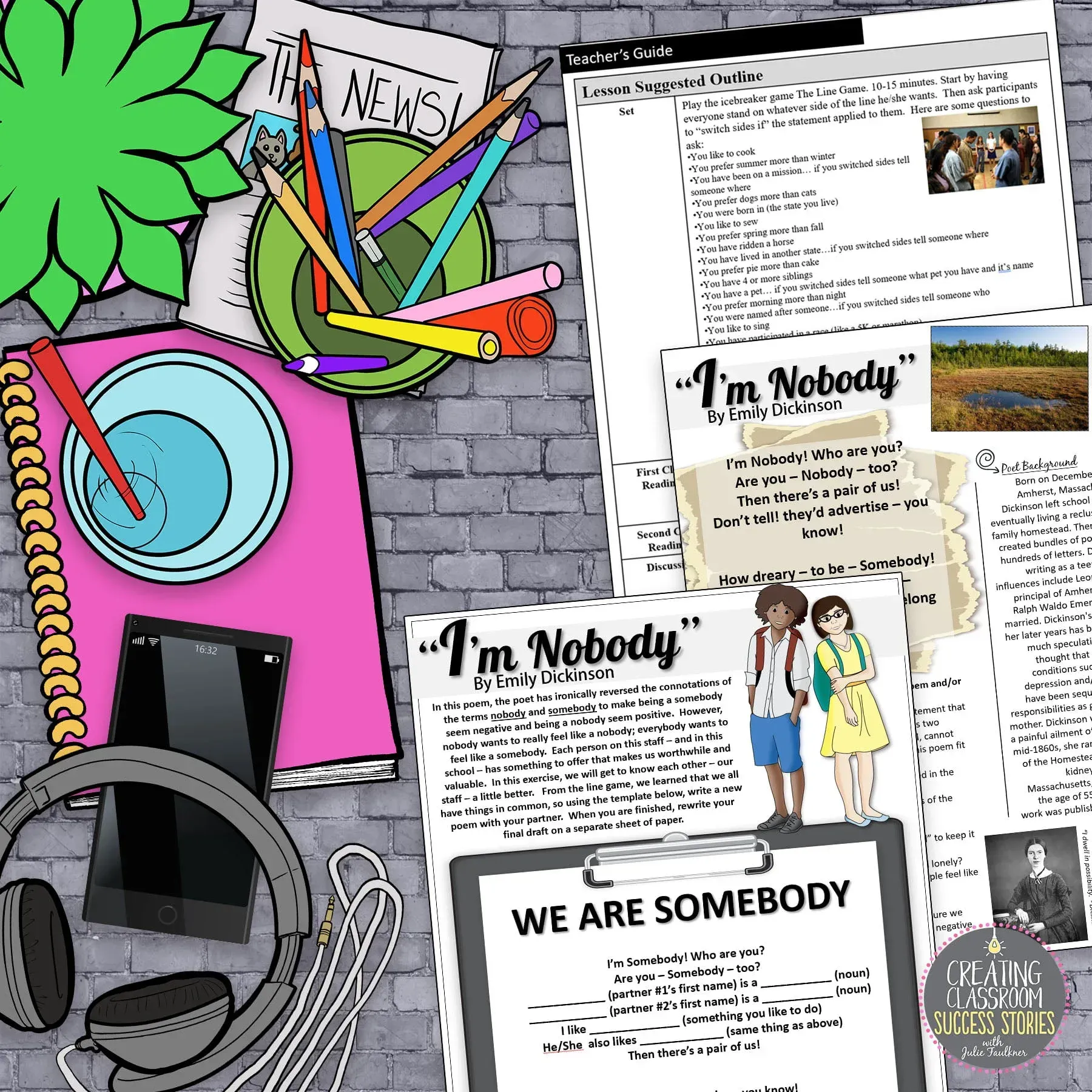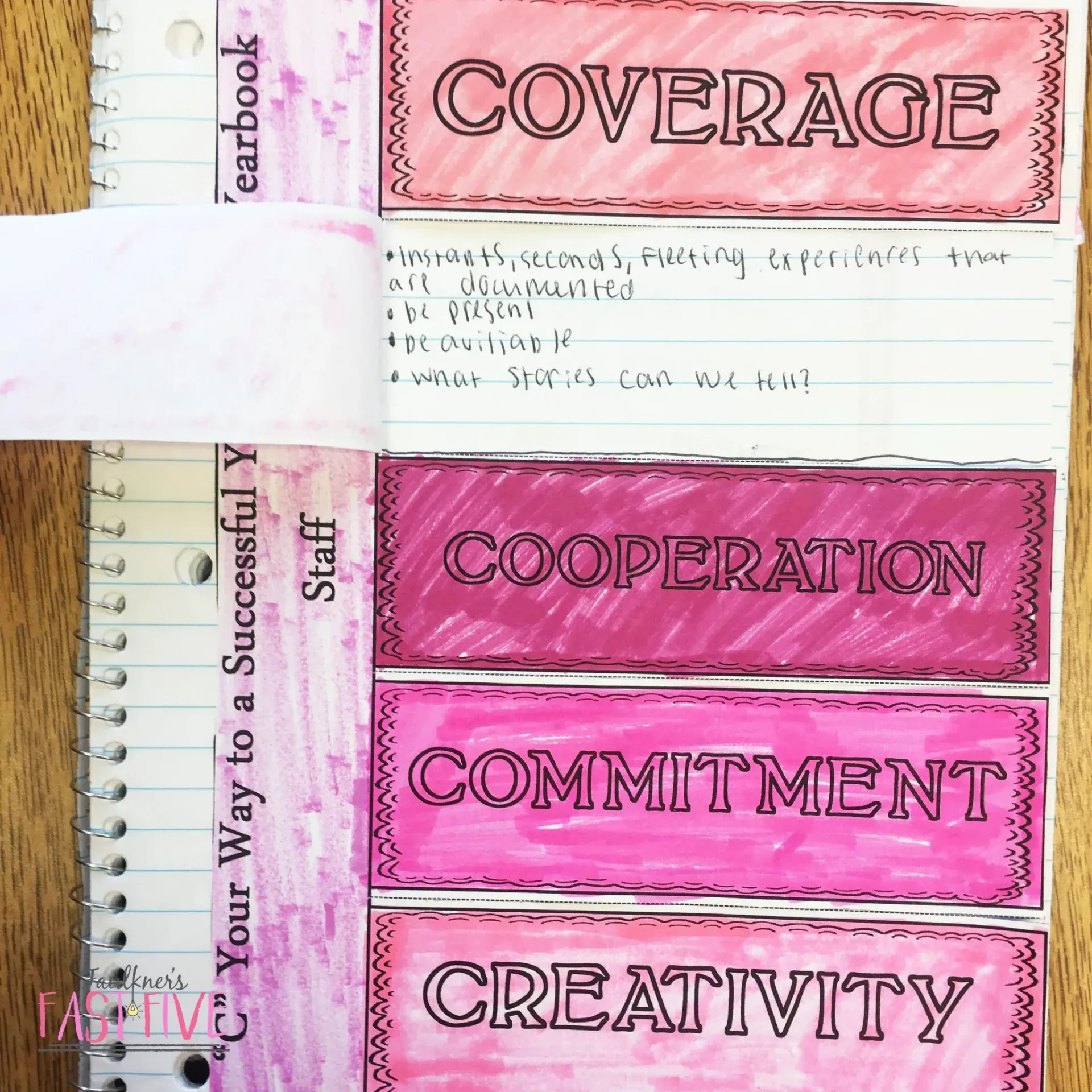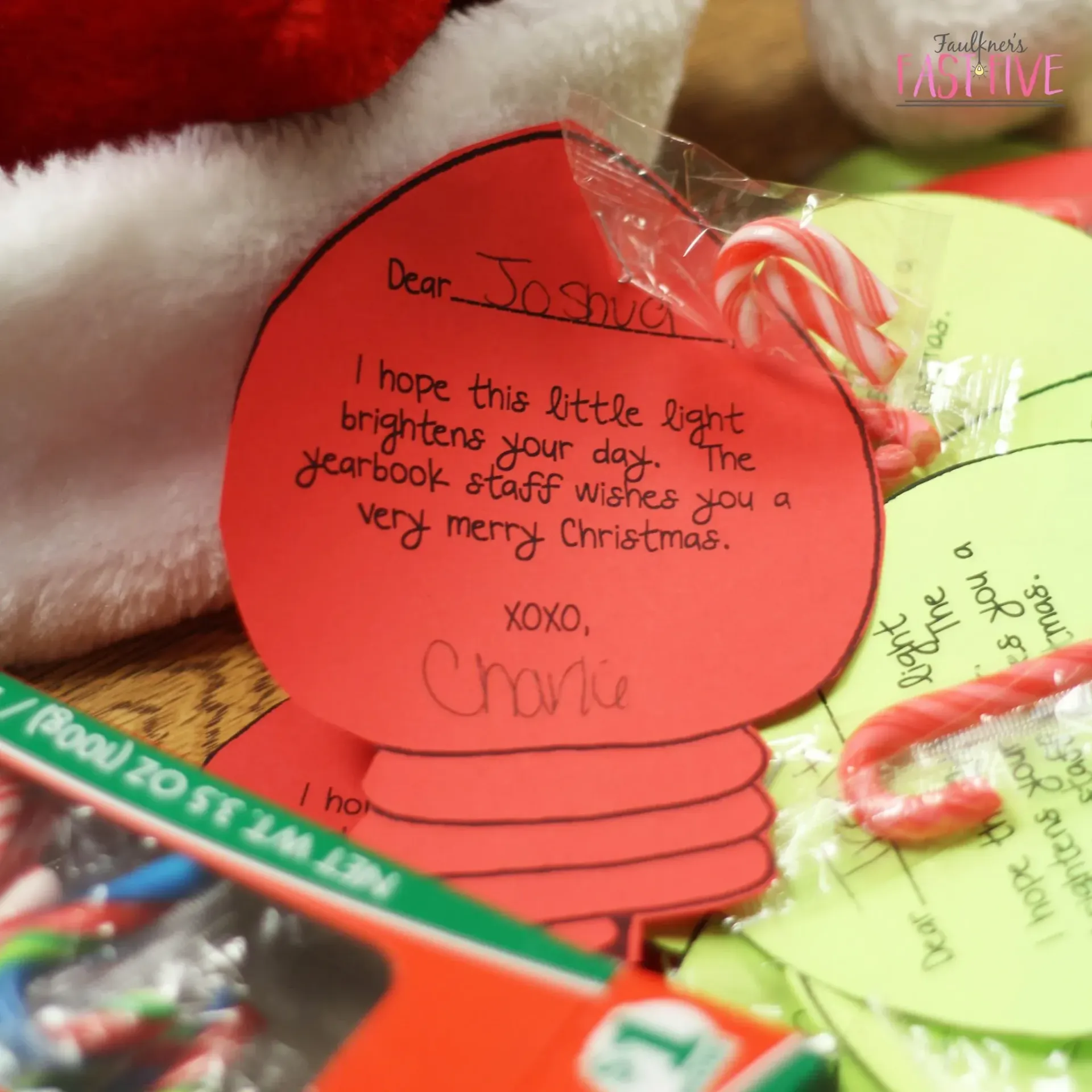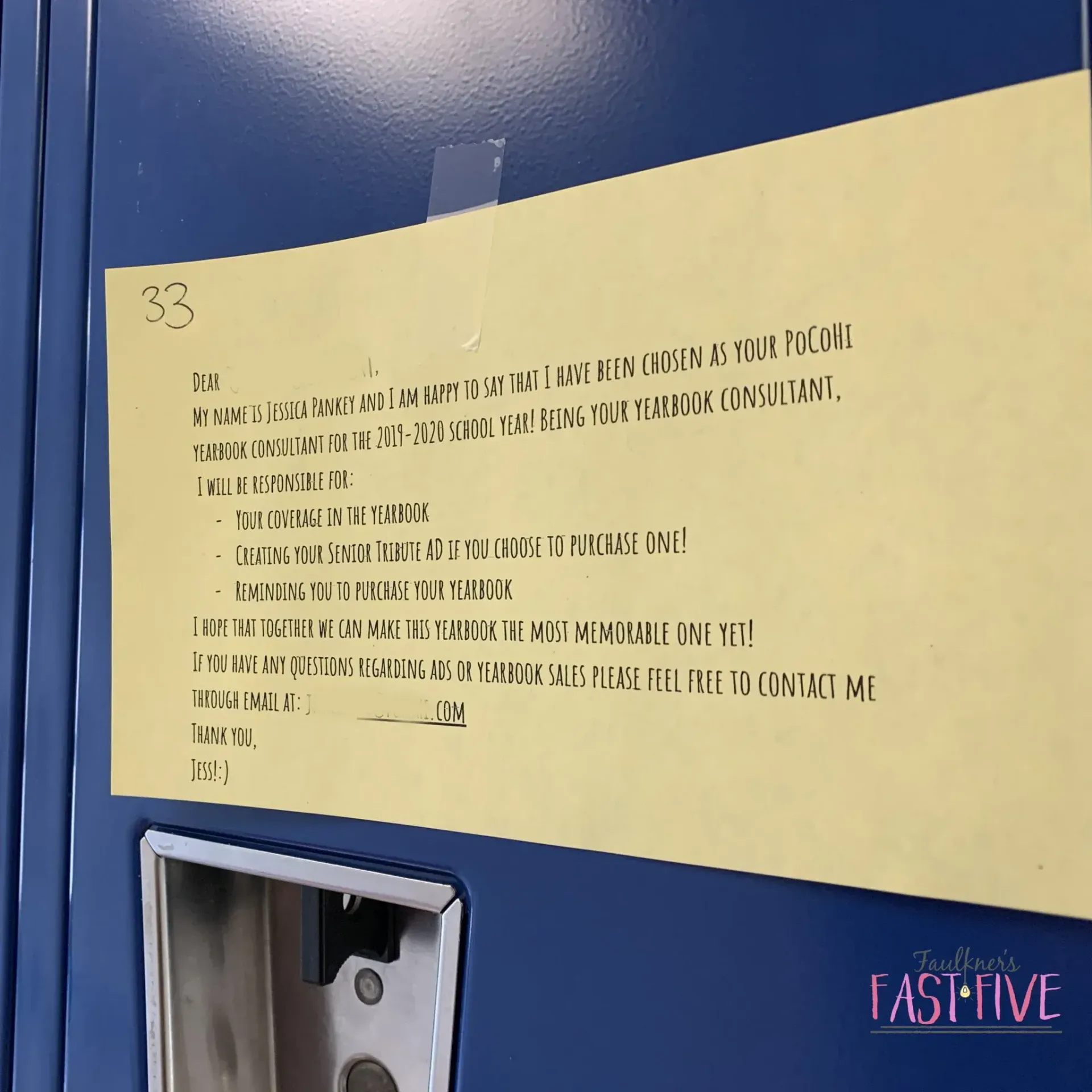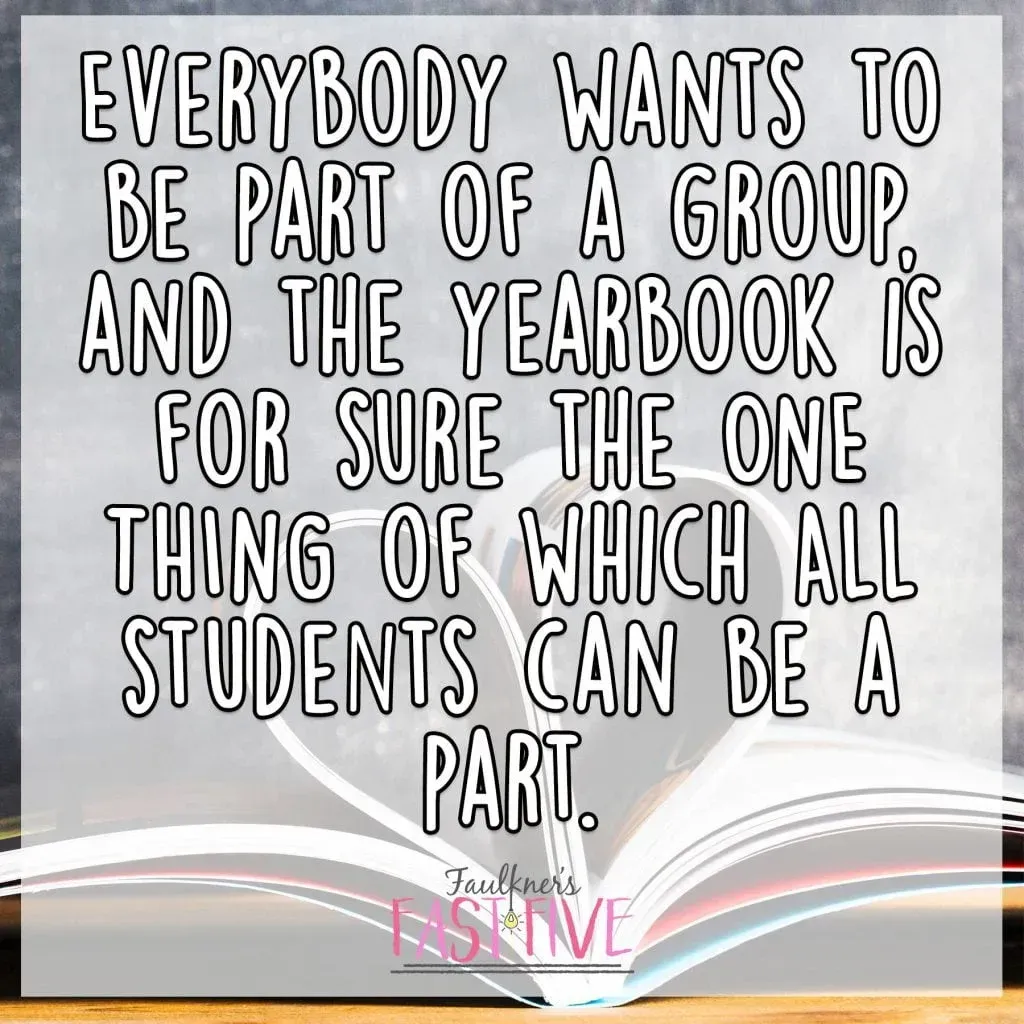Increasing Yearbook Coverage:
5 Easy Ideas to Feature More Students
In a previous post, I mentioned some challenges I had as a first year as a yearbook adviser regarding coverage (the number of times each student is featured in the yearbook), so I wanted to elaborate and provide some ways I eventually worked through increasing yearbook coverage. Unfortunately, when I became the yearbook adviser, the publication was exclusive for big sports and seniors. That saddened and worried me all at the same time. Sound familiar? If a book is supposed to document the year that everyone enjoyed and was a part of, how can this time capsule I am helping to create only reflect a portion of those events, memories, and people? That year, with some gnashing of teeth and a few tears, we forged ahead to reshape our purpose. Ultimately, we increased our yearbook coverage to represent our entire school—ensuring all students appeared at least three times in the book. It was a challenge but absolutely worth it!
Here are 5 easy ways that any staff can use to maximize yearbook coverage and ensure your book represents every student.
1. CREATIVE PROJECTS YIELD MORE DIVERSE PICTURES
Most of the time students stick to one group or set of friends because that is easy and safe. Yearbook students are no exception. One way to ensure diverse coverage and to increase yearbook coverage is to assign staffers projects that reach out to different students throughout the school. If staffers have a task (attached to a grade), that pushes them out of their comfort zone, then they can reach out to more students. Not only does this begin to build more opportunities for coverage, but it also begins to build trust bridges between the staff and the student body. If the students see that we are reaching out to all students, no matter what group, then they begin to see value in what we are doing. And that, well, that affects our bottom line. Over the years, I’ve done several projects that promote coverage. The projects always have a theme, require an interview and picture, and must be presented in class. That ensures my staffers are reaching out to a variety of other students, we are collecting good pictures, and I have a grade for my grade book. Check out a few of the projects I’ve done in the past that really ignite some great discussion and images. Find several ready-to-go projects in my Yearbook Curriculum.
2. OFFER INCENTIVES TO THE STUDENT BODY
Whether you are having to repair the relationship between your yearbook staff and student body or not, there is always a struggle to get student buy in. Issues include student shyness, teenage angst, rival groups, and even more. Knowing how to reach out is a struggle because we don’t want to embarrass anybody, but we also know we have a task to do. We want everyone, and we really want them at least three times. That is a tall order, I know, but it makes for a much more meaningful book. Here are a few ways we get kids involved, which makes their participation seem more like it was on their terms than ours and increases coverage.
- Social media is your friend when it comes to yearbook. Kids are always taking a selfie or posing with their friends before a game, but they would never feel comfortable letting a staffer take their picture. Set up a Dropbox, email, Facebook group, or Instagram where students can submit their own pictures.
- Everything doesn’t have to be a secret! Feature images and spread sneak peeks in the hallway.
- Another idea to get stellar images from students is to host a photo contest. I set up 5 or so categories (school spirit, landscape, illustration, etc.) and let students submit their images. We get our yearbook representative to help us judge (sans names), and those students win a small prize. Plus those images with the photographers’ names are featured in the book and in a hallway display, and you can use all the other images, too!
- Post the index or write individual notes to place on students’ lockers telling them a few pages they are featured on.
- No one can resist a sweet treat! Invest in some candy to give students who are willing to pose, and you will have line.
3. REDESIGN SPREADS TO GET IN MORE COVERAGE
Thoughtful design and layout plays a big role in how many students you can cover in a book. My book is about 180-190 pages, the smallest trim size available, and we have about 550-600 students. Some pages you may have not thought of to use for coverage include business advertisements and index. If a business has affiliations with a student, maybe they would like to give a shout out on their ad. Another type of ad that generates both coverage and money is the Senior Memory Ad paid for by the family of the senior. Also, you can include sidebars or photo bars on the portrait pages or club group pictures in the reference section. Just get crafty, shrink those mugs, and move in some cute packages with tons of interesting pictures and coverage. Most kids don’t love their school picture anyway. Use that space to cover them in a more natural, fun way.
4. THINK BEYOND PICTURES FOR COVERAGE OPPORTUNITIES
Words and numbers “count” as coverage, too. Plus, this strategy really helps with increasing yearbook coverage of those super shy students I mentioned above.
- Include authentic quotes from students in all body copy and captions.
- Use charts and graphs that relate to your theme to showcase survey results that include entire classes or groups of students. Tag all the names of students surveyed, and add a picture/quote/response from one or two of the students (depending on how much room you have).
- Scoreboards for sports seasons reflect entire teams. With a quick quote or image carefully placed, those stats have extra meaning.
- For students without a portrait in the picture section, be sure to create a list of “not pictured” students at the end. They need to be documented as part of the class even though they didn’t have their picture made for whatever reason. Tag those names to another picture on the page, so it populates to the index flow (if your publisher has that feature.)
5. MAINTAIN A DIVERSE STAFF
Birds of a feather flock together, right? Yearbook can definitely be its own little tribe (and that’s ok), but staffers must be open-minded and invested in the goal. I think part of the problem I had when I first started was that yearbook class was only for seniors. It was an exclusive entity clique, and the privilege was there to be taken advantage of. Only certain people were able to join, and everything was a secret. I want my staff to think of themselves as working for the school, not the other way around. We are creating a gift for everyone. If possible, take applications to see what qualifications students have and how diverse they are with their interests, activities, and skills. Accept applications from sophomores, juniors, and seniors, so that it is easier to reach out more. Once you have an established staff, be sure to keep it mixed up to avoid cliques forming inside the staff. Randomly assign projects and keep page assignments thoughtful and purposeful. I also assign each of my staffers “families” from the student body. Basically, I get every student in the school and divide the names among my staffers. They are responsible for making sure every person in their “family” gets covered. This one strategy (aside from the mindset shift) has made the biggest impact over the years in increasing coverage. Find a printable and digital application in my Yearbook Starter Kit for Advisers.
Conclusion
Covering each student at least three times is a huge task, but one very worthy of our time and attention. We’ve never had 100% coverage of every student three times, but we’ve gotten close — upwards of 80% for several consecutive years. Increasing yearbook coverage is something we start focusing our energies on from the first week of school. Be organized, keep lists, and make sure it’s everybody’s task. Challenge your staff to see how many different people they can cover on a page and offer incentives to them. It is a struggle, but it’s a productive one. Everybody wants to be part of a group — part of something — and the yearbook is for sure the ONE THING of which ALL students can be a part.
Love this content?
Sign up for my email newsletter with more tips, ideas, success stories, and freebies!







